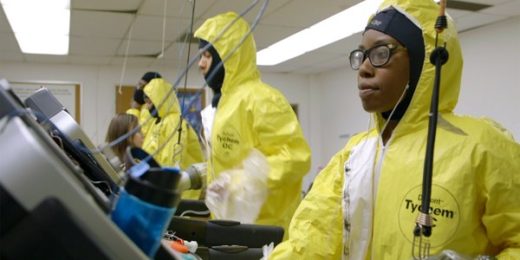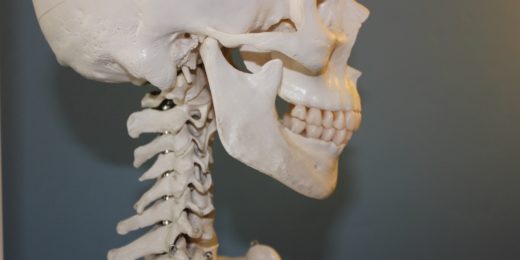The Camarillo lab uses alignment simulations, including a version that mimics a woodpecker, to study the role of neck muscles in concussion prevention.
Flexing your neck may not save you from concussion
The Camarillo lab uses alignment simulations, including a version that mimics a woodpecker, to study the role of neck muscles in concussion prevention.





